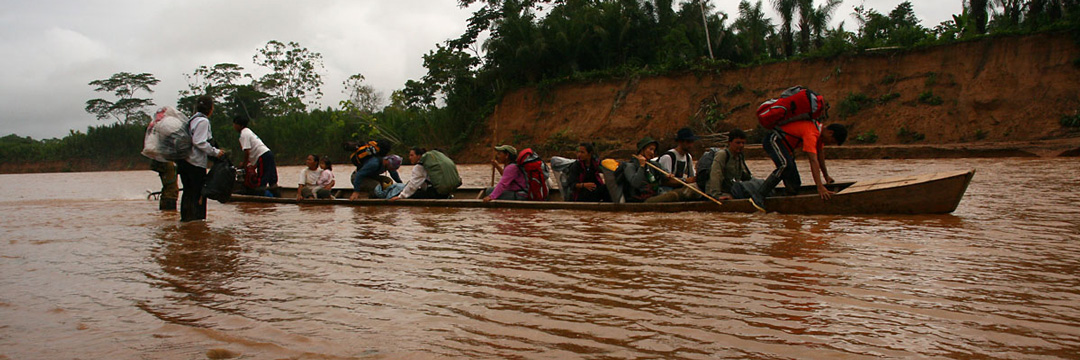This article* briefly describes the quantitative, GIS-based park monitoring and anagement effectiveness assessment methodology developed by ParksWatch as part of of a GEF funded project aimed at consolidating the National System of Protected Areas of Bolivia (Monjeau et al, 2003), and which was implemented by the Bolivian park authority in six pilot areas.
This article* briefly describes the quantitative, GIS-based park monitoring and anagement effectiveness assessment methodology developed by ParksWatch as part of of a GEF funded project aimed at consolidating the National System of Protected Areas of Bolivia (Monjeau et al, 2003), and which was implemented by the Bolivian park authority in six pilot areas.
This GIS-based methodology, relies on the overlap of pressure/threat distribution and conservation value maps to determine the size and distribution of sensitive areas, or priority areas for management interventions. This procedure yields so-called sensitivity maps, in which the use of a red-light type color code allows for a rapid and straightforward interpretation, and therefore easy communication among stakeholders. In this scale, green corresponds to the most benign situation, i.e. to areas of low conservation value or faced with little or no threats, while areas colored in orange may warrant special attention and/or monitoring and areas appearing in red require urgent action.
In a first step, a workshop is organized with the protected area's field staff in order to establish and map a list of indicator species and their respective threats. This will yield a varying number of thematic maps depending on the park under study. For example, a protected area covering numerous ecoregions on the eastern slope of the Andes and subjected to a complex set of human-induced pressures and activities such as Madidi National Park will require the mapping of a larger number of features than a reserve established in the Andean highlands to protect a single camelid species such as the Eduardo Avaroa Reserve in Southwestern Bolivia. This workshop is generally completed by a training course on monitoring techniques, the use of GIS software, and other aspects of this monitoring system relying on the participation of park rangers.
See full article: PW-IARN_GIS_Methodology brief.pdf
* Based on “Monjeau, J., M. Lilienfeld, J. Marquez, I. Goetting, E. Corrales, C. Danklmeier, J. Ramos, y C. Ugarte. 2003. Sistema de Monitoreo de Áreas Protegidas en Bolivia. SERNAP-GEF II. Report to the World Bank. 529 pp.”


